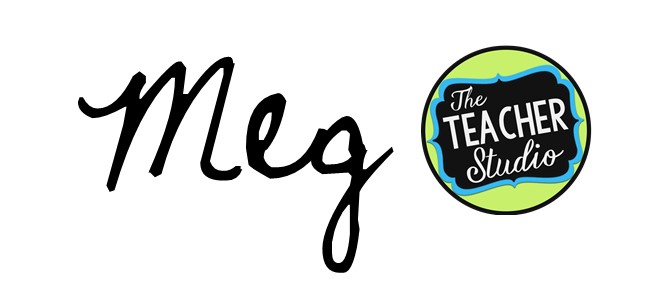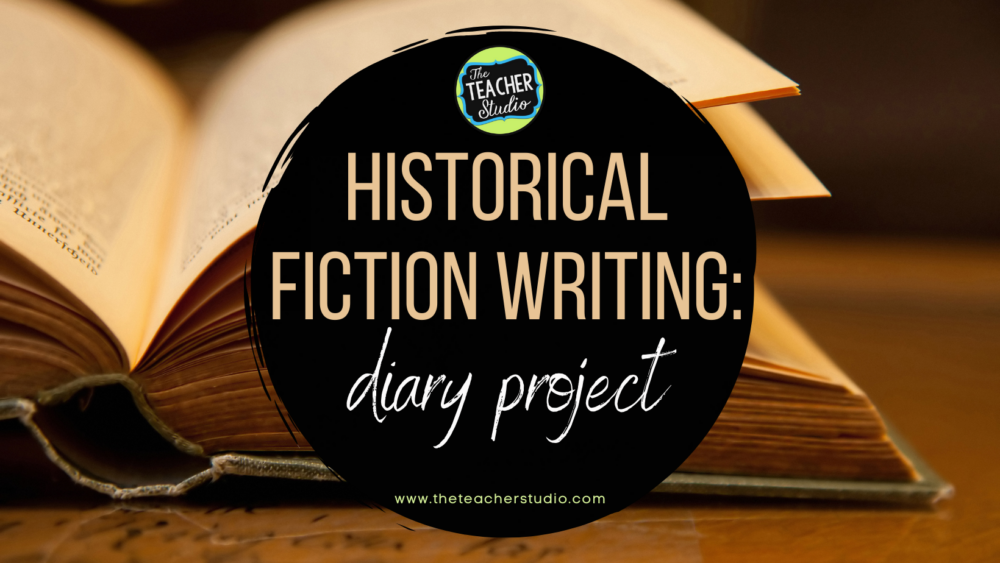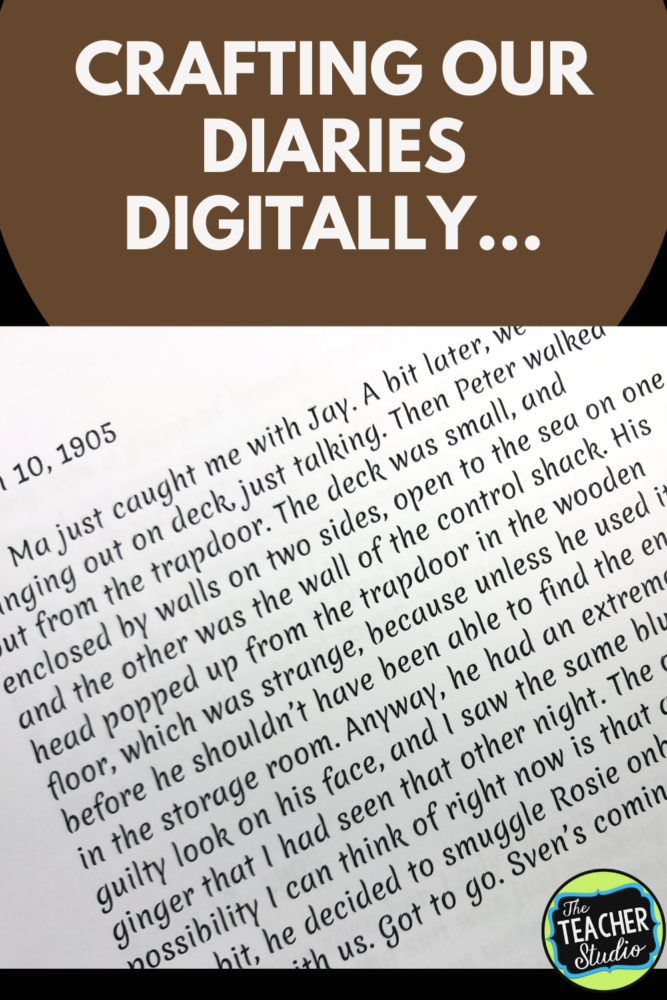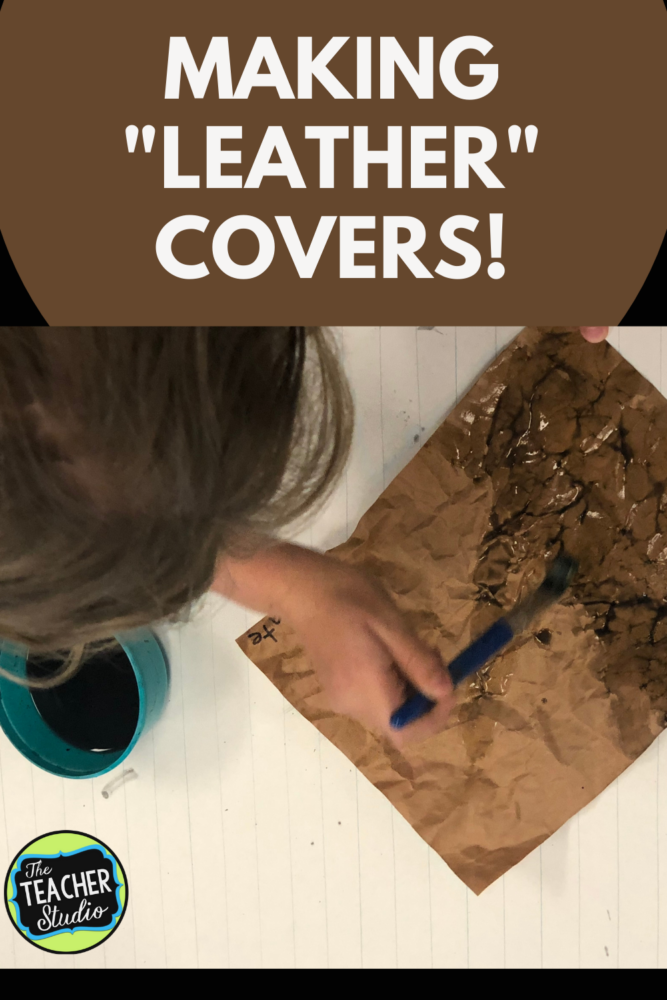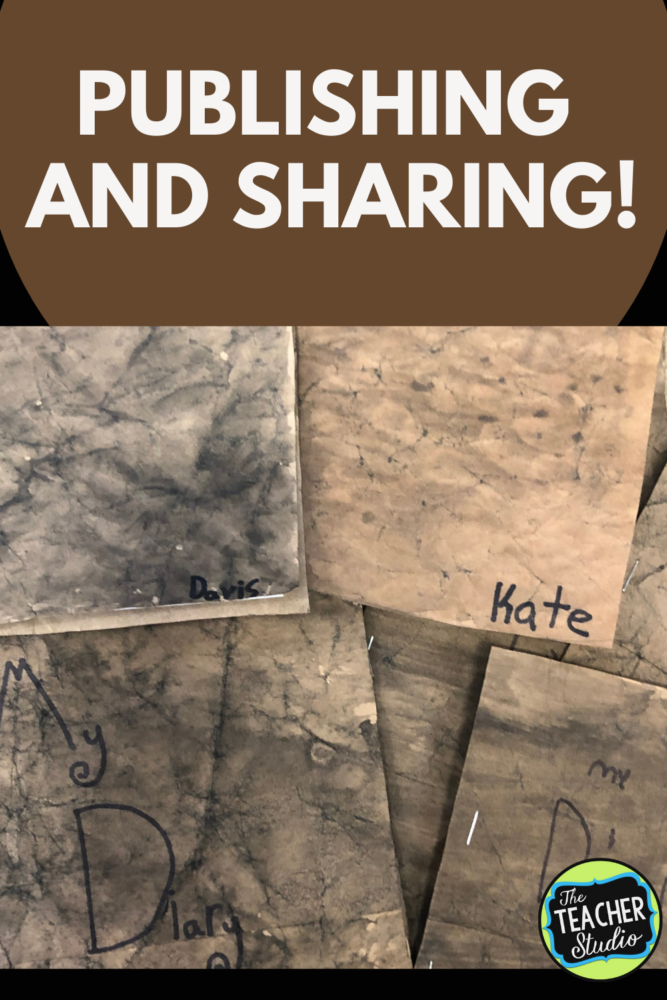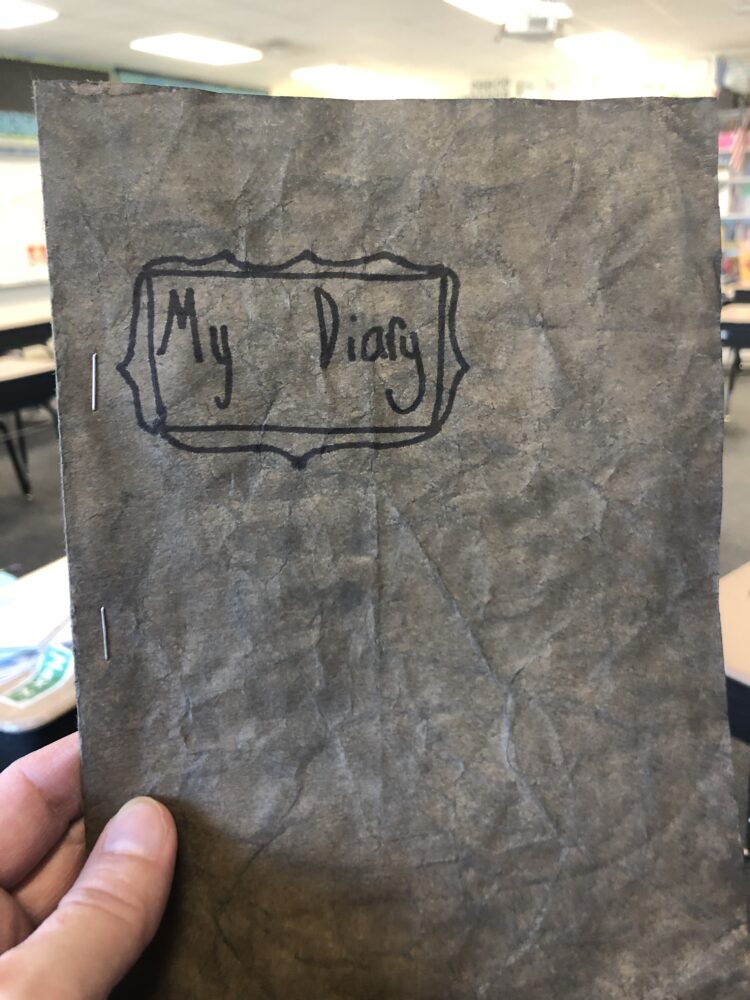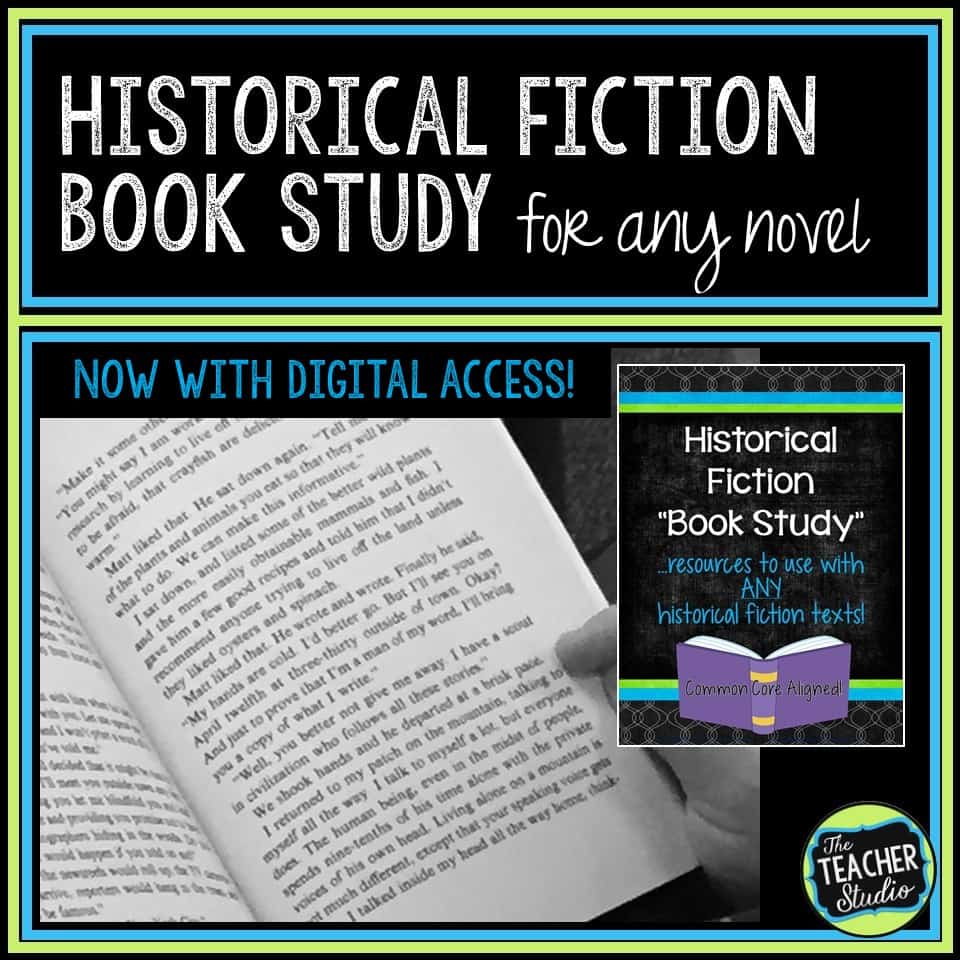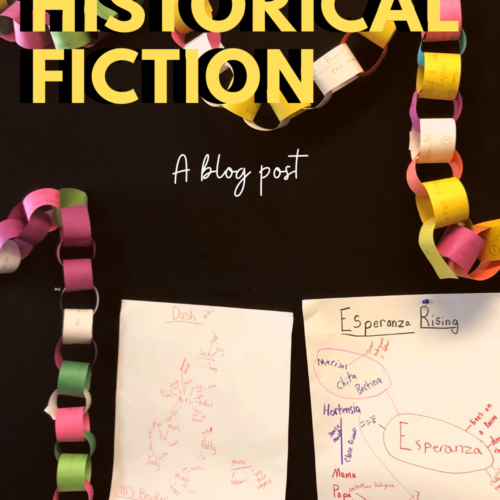
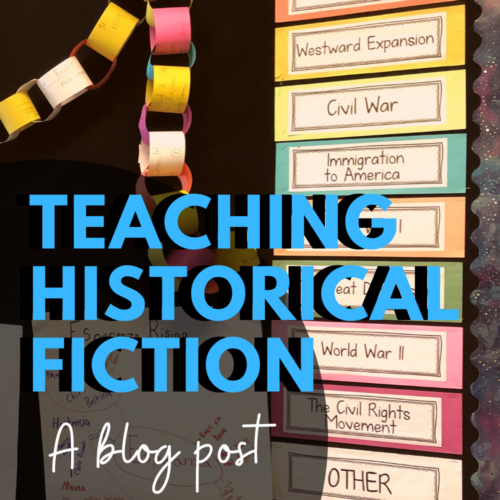
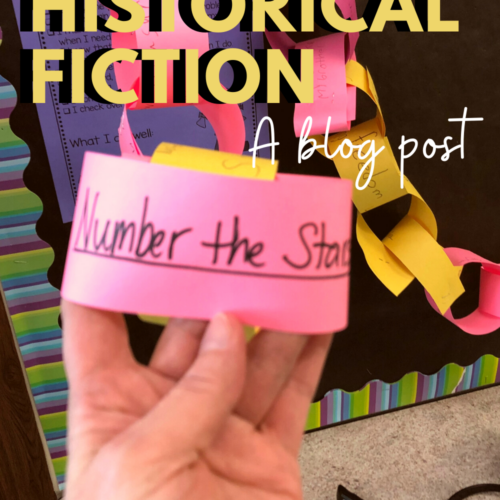
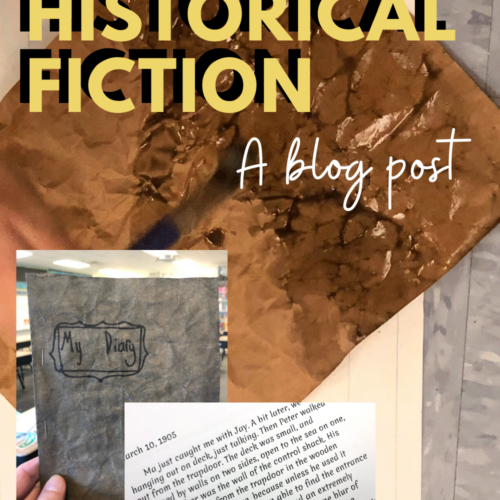
Why historical fiction?
One of my favorite units is historical fiction–and it quickly becomes a favorite of my students–as we read historical fiction and write historical fiction diaries. As students move through elementary school, we give them a TON of opportunities to read realistic fiction. As they get older, adding historical fiction to their repertoire is a perfect way to kick things up a level. What makes historical fiction a great next step?
- Historical fiction builds on an understanding of story elements such as characters, problem, and solution.
- The importance of “setting” becomes a great teaching point. In historical fiction, the setting is a key and critical element of the story.
- Being able to tie literacy to social studies and history engages students. We tie the concept of “era” to our historical fiction studies.
- The stories found in historical fiction are meaty and worth talking about!
- Students develop a great understanding of how authors do actual research to incorporate realistic and accurate historical details into their work
Reading and writing historical fiction
I absolutely immerse my students in the genre. We keep a giant bin of picture books in my room that I rotate out weekly through the unit. I read multiple picture books and at least 3 chapter books (short ones) to introduce students to three different eras. We do book clubs where students study an era in a mini-research project and then read and discuss a novel set in that era.
Every year I challenge my class to read at least 100 historical fiction books. We’ve never failed. This year we hit 142! We track our reading by filling out these paper links–color-coded by era. There are so many amazing ideas to get students hooked on historical fiction reading and writing. Check out my historical fiction resource listed below for even more ideas.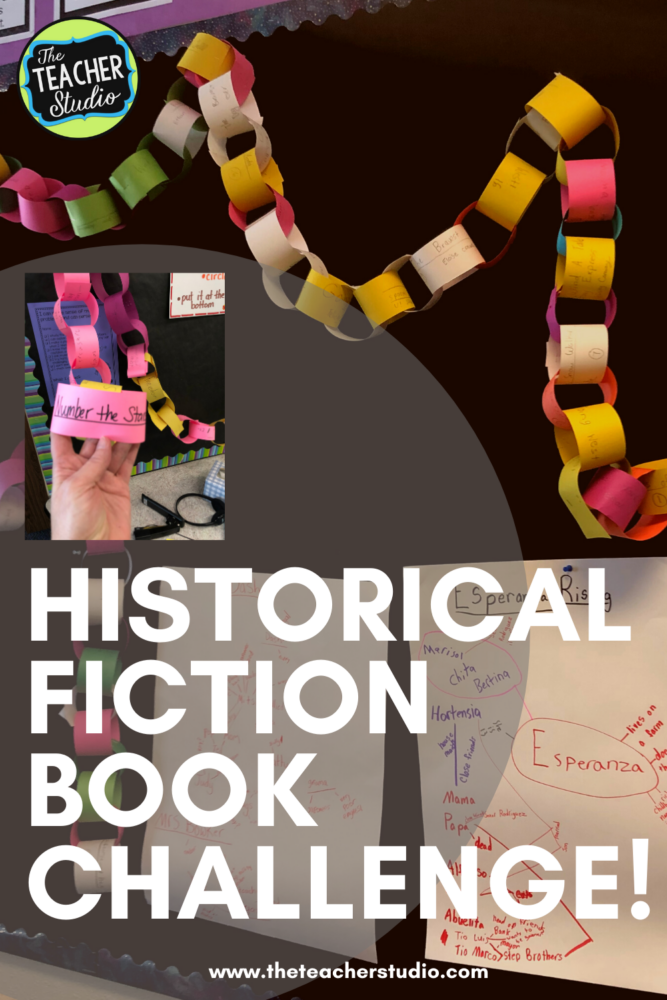
Writing historical fiction diaries
So one of my favorite things to do (and I do it a little differently each year), is to get students writing diaries as if they are a character. This is a GREAT way for us to review the difference between first-person and third-person narratives, to review narrative writing strategies such as dialogue, paragraphing, and setting details, and so much more. Some years we take a character from either our read-aloud or book club books. Some years we invent our own characters! Want to have even MORE fun? Have small groups of students create historical families based on a certain era where each writes their own diary from that character’s point of view. What a great way to teach them about what authors do when they write! We research our eras, decide what types of details might make the narratives seem more authentic, and then we are off!
Check out the great pics of what we did! First, we drafted, revised, and edited our diaries on our Chromebooks. We worked to practice ALL sorts of writing and revision skills as we worked, and the students were SO proud of their work! We really worked on “recursive editing” where they would write for a while, then reread and share and improve, and then move onto the next “entry” in their character’s diary.
After that, we made covers out of pieces of brown grocery bags. We crumpled them up and painted them with a black paint wash. When they dried, we ironed them flat, printed out diary entries two per page, designed the cover, and stapled them together! The students were SO excited with how they turned out–the pictures don’t do them justice! I put all the historical fiction diaries in a bucket for sharing and gave them time to read each other’s work. Good stuff.
Want more information about what else I use for my historical fiction unit?
CLICK HERE to see my historical fiction unit to use with ANY text!
I always use Number the Stars, Esperanza Rising, and Sarah, Plain and Tall as part of my instruction. Click these titles for the resources I use to help me. Want to read more about how I improve my book discussions? CLICK HERE to check it out!
Thanks for stopping by…I hope you find ways to expose YOUR students to some amazing historical fiction this year!
